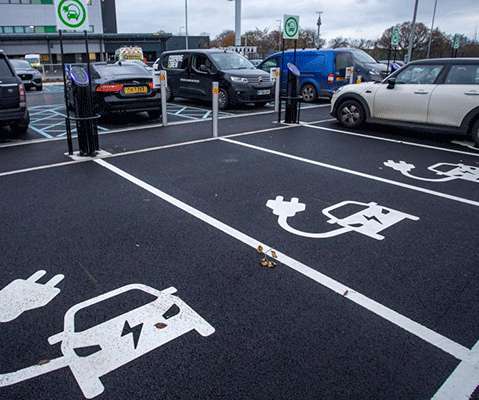Latest GHG Inventory shows California remains below 2020 emissions target; much steeper rate of GHG reductions required
Green Car Congress
OCTOBER 23, 2020
The data shows a slight increase in overall emissions from the previous year, and a slight decline in emissions from transportation, which is the state’s main source of both GHGs and air pollutants. California statewide GHG emissions dropped below the 2020 GHG Limit in 2016 and have remained below the 2020 GHG Limit since then.












Let's personalize your content